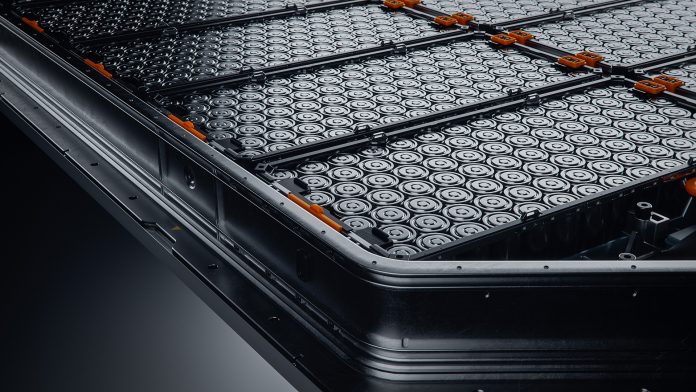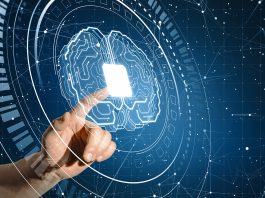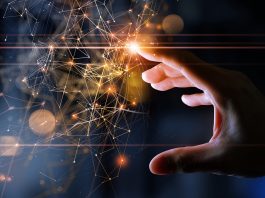In a collaboration between Microsoft and the Pacific Northwest National Laboratory, scientists are testing a new battery material that was detected by an AI breakthrough.
Microsoft and the Pacific Northwest National Laboratory (PNNL) have reported the discovery of a new substance that could revolutionise the battery industry.
The discovery, made by an AI breakthrough, is reported to reduce the reliance on lithium for batteries by around 70%. This is a key advantage of the new technology, as the IEA has estimated that the world could face a shortage of the material as soon as 2025.
Microsoft also believes that the discovery is a major breakthrough for AI, as the work has shown that the technology can be used for quick and transformative findings.
The paper, ‘Accelerating Computational Materials Discovery with Artificial Intelligence and Cloud high-performance Computing: from large-scale Screening to Experimental Validation,’ is published on arXiv.
Microsoft’s supercomputers have sped up the identification process
The new battery material was identified with Microsoft’s Azure Quantum elements to screen 32 million potential inorganic elements. Following this, 18 promising candidates that could be used in battery development were discovered in just 80 hours.
Previously, this screening process could have taken over two decades to complete using traditional research methods in the laboratory.
Importantly, the AI breakthrough provides a new way to speed up solutions needed for current global challenges, whilst offering a glimpse into what the future holds for quantum computing.
“We think there’s an opportunity to do this across a number of scientific fields,” said Brian Abrahamson, the chief digital officer at PNNL, in a new statement. “Recent technology advancements have opened up the opportunity to accelerate scientific discovery.”
“The development of novel batteries is an incredibly important global challenge.
“It has been a labour-intensive process. Synthesising and testing materials at a human scale is fundamentally limiting,” Abrahamson continued.
The material discovered by the AI breakthrough
The team used HPC verification to narrow down the list, evaluating the materials on their practicality.
Now, the material chosen has been successfully synthesised and turned into prototype batteries that will face multiple laboratory testing processes.
The material derived from the AI breakthrough is a solid-state electrolyte. It uses lithium, sodium, and other elements – significantly reducing the lithium content of the battery.
The testing is still in the early stages, and the exact chemistry is subject to optimisation to ensure that it works on a larger scale.
But the discovery is most important for illuminating the potential of the AI breakthrough, with Abrahamson stating: “Irrespective of whether it’s a viable battery in the long run, the speed at which we found a workable battery chemistry is pretty compelling.”
As the collaboration between Microsoft and PNNL continues, the team is set to accelerate scientific discoveries with AI and computing.









